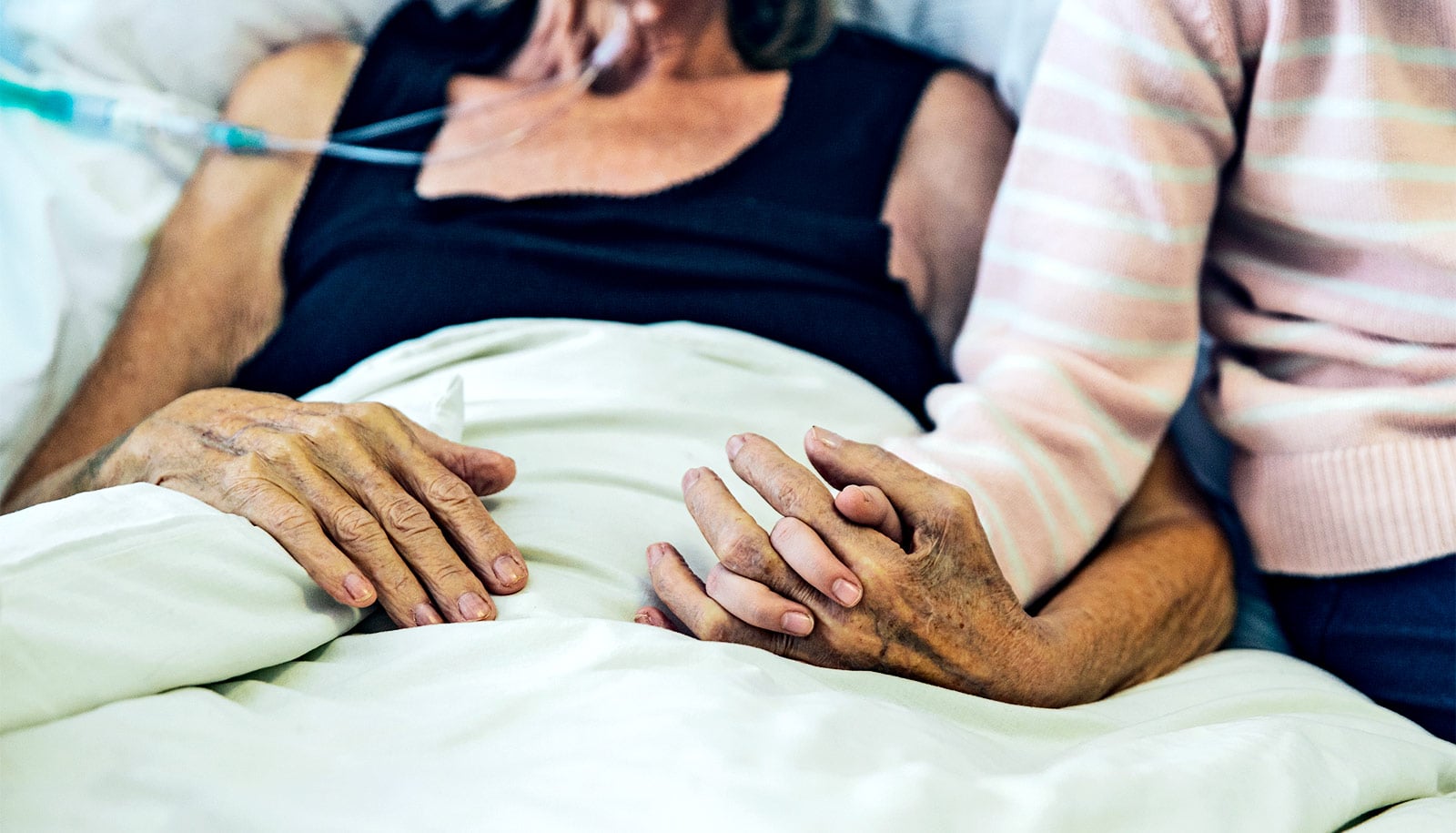A new study explores how specialized care providers can navigate conversations about end-of-life care and help patients optimize their quality of life and mitigate suffering.
When confronting the end of life, patients and their loved ones must make difficult decisions about continuing curative treatments or switching to pain management and comfort care.
Using six months of observational data from a hospital in a Midwestern town, researchers found many providers did not dismiss their patients’ emotions or tell patients to feel differently. Rather, they validated their patients’ fear, hope, or guilt, and then walked them through the likely outcomes of continuing treatments.
The researchers found this approach led patients to comply with the providers’ suggestions for palliative care 73% of the time. The compliance rate was 43% when providers did not use this style of communication.
“These efforts are not aimed at changing the patients’ emotions; they’re aimed at changing their expectations,” says Clayton Thomas, assistant professor of teaching, management, and entrepreneurship, at Iowa State University and coauthor of the paper in Organization Studies.
In the paper, Thomas and his coauthor Shibashis Mukherjee, assistant professor of management and organization at Ahmedabad University in India, included a conversation between an elderly patient and a member of the care team to highlight what they coined “feeling rule management.”
“People often think they should fear death. They may not realize that they should fear the cure…”
The patient faced a decision on whether to sign a “do not resuscitate” order if the patient’s heart stopped pumping. After the care provider explained cardio-pulmonary resuscitation (CPR) would likely break the patient’s ribs, causing a slow and painful recovery during the patient’s final days of life, the patient chose to sign the “do not resuscitate” order.
“People often think they should fear death. They may not realize that they should fear the cure, that the treatment to prolong life could cause more suffering or lead to other health problems during a patient’s final days,” Thomas says.
Another example of curative care that could lead to additional health complications includes intubation, which creates an artificial airway for patients who cannot breathe on their own. While this procedure can be life-saving, it also increases the risk of developing pneumonia.
In the study, the researchers highlighted a conversation between a doctor and the family of a patient with meningitis who was afraid of dying in a nursing home. The doctor expressed concern that using intubation would cause pneumonia and prevent the patient from fulfilling her wish of living out the rest of her life at home.
The researchers observed this cognitive reframing with another emotion: hope.
“A terminally ill patient may have hope for a cure. A provider may say, ‘Yes, you should have hope, but you should have hope for comfort and relief,'” Thomas says.
As for guilt, the researchers say many patients switched from feeling guilty about “letting go” to guilt about being a burden to their families during this process of shifting expectations and re-evaluation of quality of life.
The study’s findings illustrate a new way health care providers in the US interact with patients and their families.
“There’s this understanding that, in terms of professional authority, titles and education and status don’t cut it anymore. The idea of ‘doctor’s orders’ doesn’t carry the same weight as it used to, so providers have to use extra strategies to communicate their expert recommendations to patients,” Thomas says.
Thomas and Mukherjee are planning a follow-up study that would compare “feeling rule management” in the US and India.
Source: Iowa State University


